Moon Monday #191: A stream of CLPS and Artemis lunar mission updates
Intuitive Machines to launch a fourth Moon mission for NASA
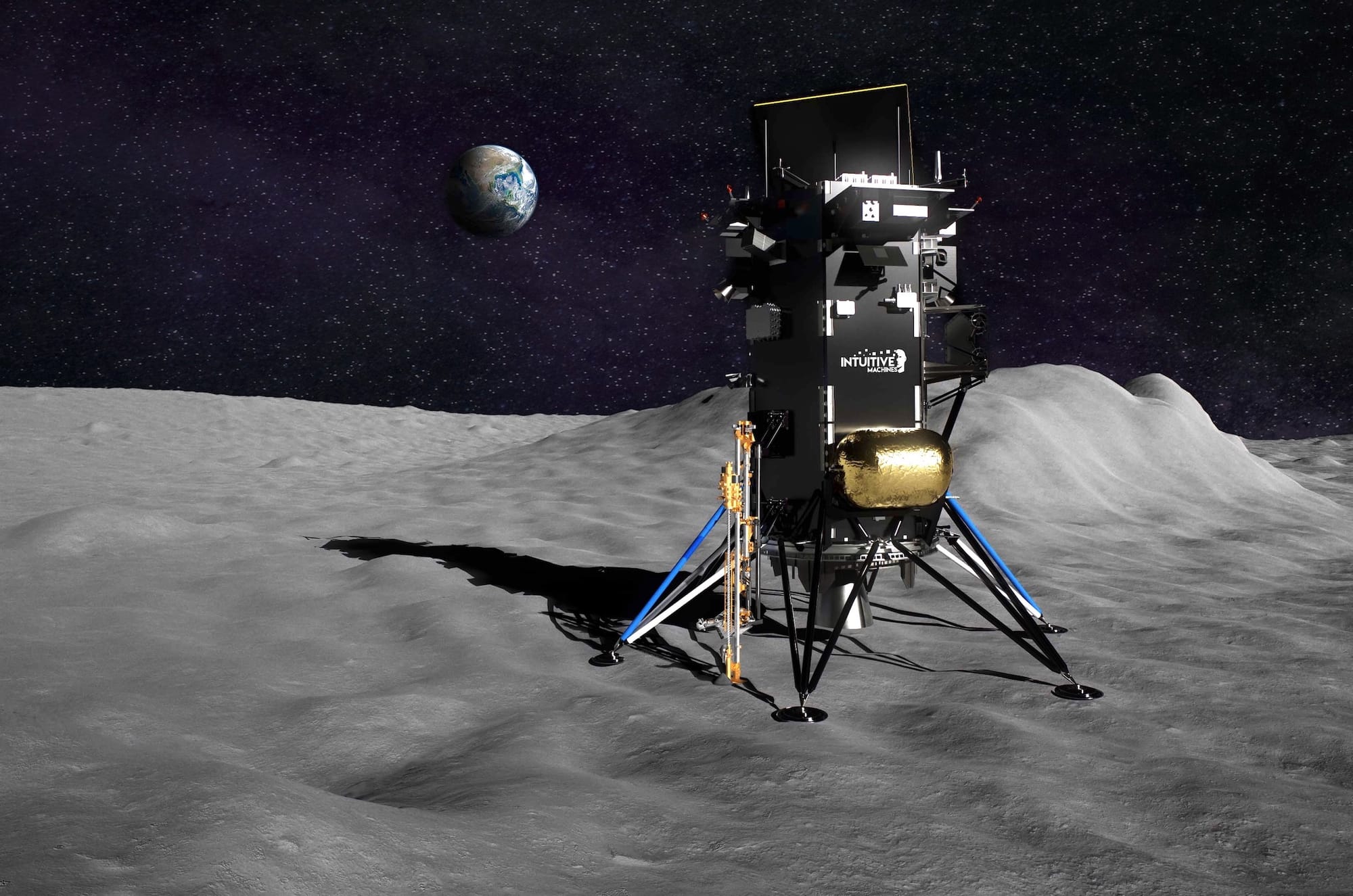
NASA has awarded Intuitive Machines a $116.9 million contract to deliver six science & technology payloads to the Moon’s south pole in 2027. The mission part of NASA’s CLPS program is the fourth and largest such task order contract the company has bagged.
Two of the mission’s experiments stand out (to me) in particular. First, similar to the CubeSat-hosted BioSentinel biological experiment launched into deep space by NASA on Artemis I, the LEIA experiment on Intuitive Machines’ Nova-C lander will measure the impact of deep space radiation on yeast. The researchers chose yeast because their cells have many similar DNA damage and repair mechanisms as human cells. Terrestrial facilities can’t fully simulate the unique radiation environment of deep space so this study will lend us more insights on its effects on biological life as NASA seeks to establish long-term human presence on the Moon.
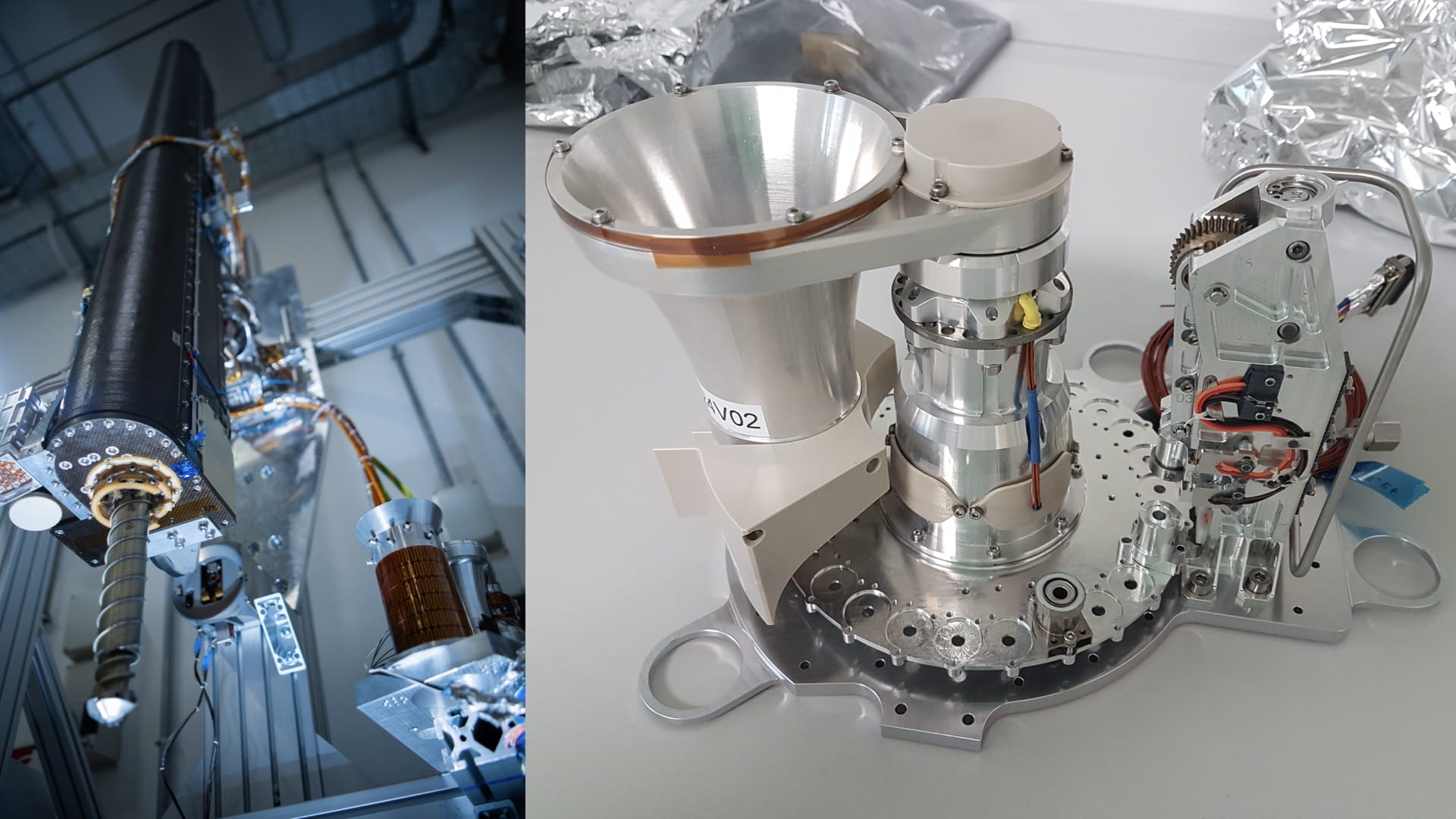
Second, the Nova-C lander will host and operate the ESA-provided PROSPECT payload suite, which includes a one-meter drill, a powerful oven, two spectrometers, and more aspects of a mini robotic lab. The goal is to excavate frigid subsurface regolith to detect and study water ice and other such volatile resources it may contain. Following the precursor NASA experiment on the second CLPS mission by Intuitive Machines with more instruments, PROSPECT will provide scientists with an enhanced understanding of lunar volatiles. Moreover, PROSPECT also aims to be one of the first to demonstrate extracting oxygen from lunar soil, a capability that will help sustain long-term activities on the Moon. ESA has an excellent explainer page for details on every aspect of PROSPECT.
Wait, where’s the Aussie rover? It was expected that Australia’s first lunar rover, called Roo-ver, will be on the same mission as PROSPECT, wherein the rover would fetch lunar soil for compositional studies too. But NASA made no mention of the rover’s inclusion in the aforementioned CLPS news release. Roo-ver is specifically intended to explore the Moon’s south pole, and given that no other upcoming planned CLPS contract announcements remain with a landing site in that region, the omission is noteworthy—and hopefully not a sign of potential cancellation or further delays.
Queue another CLPS lander
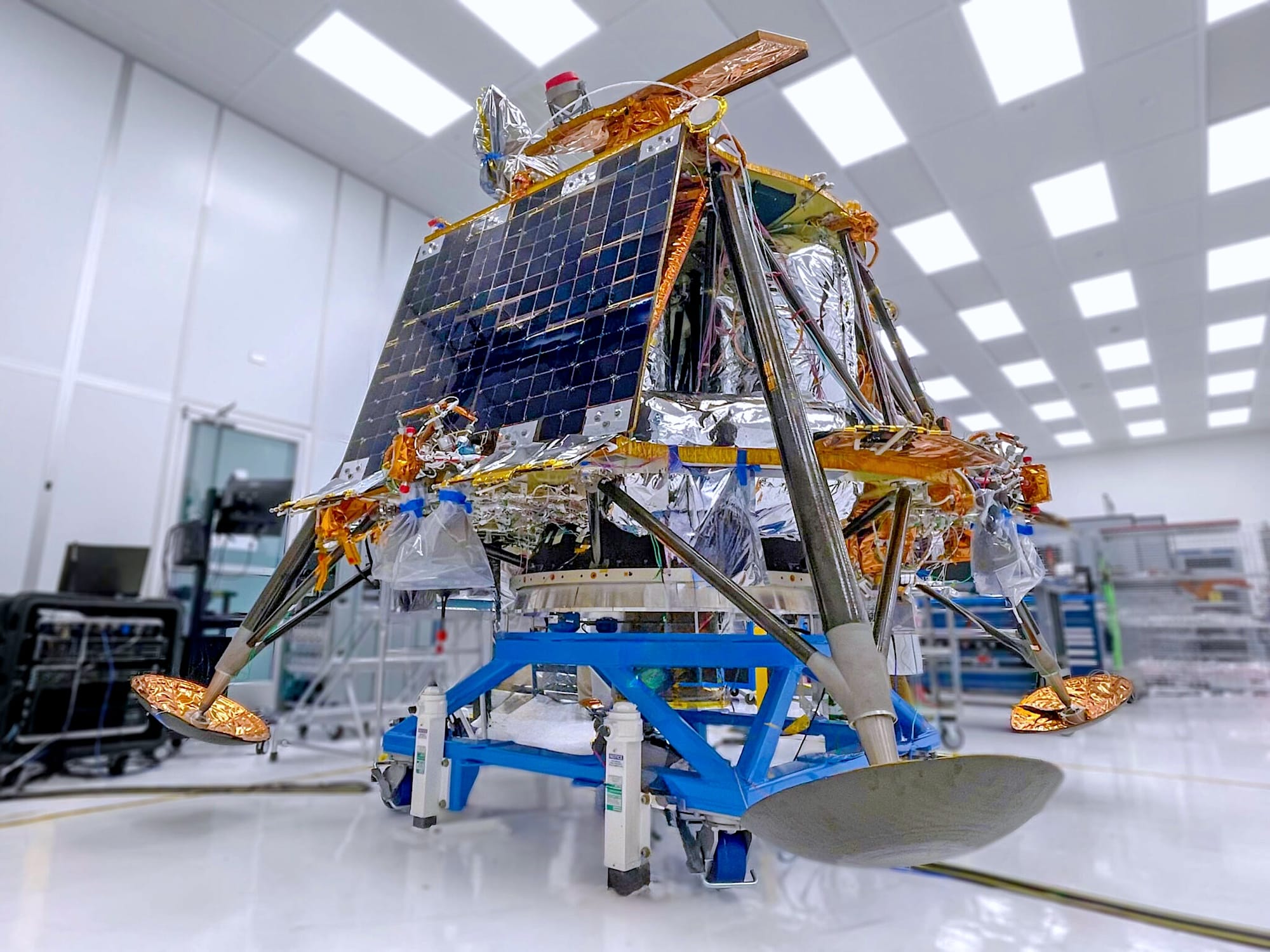
After completing the assembly of its ‘Blue Ghost’ lander, Firefly has sent it to NASA JPL for launch loads and space environmental testing ahead of a Q4 launch on a SpaceX Falcon 9 rocket. For Firefly’s first CLPS Moon mission, the Blue Ghost lander aims to descend in the lava plains of Mare Crisium at 18.56°N, 61.81°E. It carries 10 NASA sci-tech payloads, which will primarily study the lunar environment. One of the lander’s legs will host PlanetVac, a low-cost soil sampling technology partially funded by The Planetary Society to enable future sample return missions from the Moon and Mars. The mission will also be NASA’s first attempt to get a GPS lock from the Moon.
And for the mission’s lander testing aspect, Firefly previously conducted nearly 100 drop tests on lunar soil simulants and sand to qualify the legs of the lander. William Coogan, Firefly’s chief lunar lander engineer told me earlier this year that the team “even tested leg drops on concrete because it’s harder than anything we’ll land on.” Firefly has also built a one-acre moonscape to test via a heavy-lift drone the lander’s hazard avoidance and terrain-relative navigation capabilities to ensure a safe landing during the final descent.
Thanks to Off Planet Research for sponsoring this week’s Moon Monday. If you too love this curated community resource, join them and support independent writing and journalism, via PayPal, UPI or Patreon (less preferred).
Those pesky valves
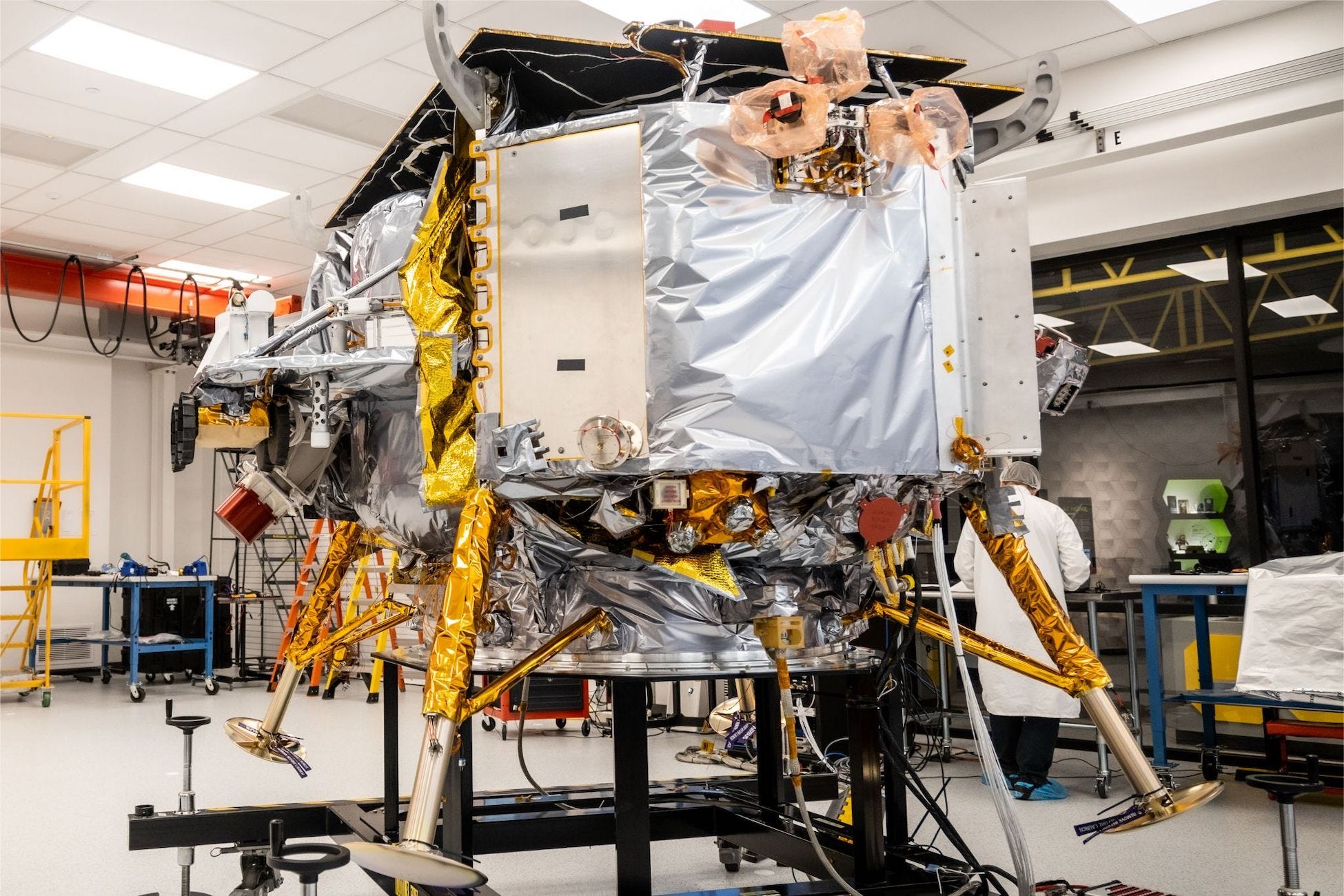
Continuing their excellent mission transparency, Astrobotic has published findings from the team of experts who investigated why the company’s first lunar lander Peregrine failed shortly after its launch in January. Essentially, a pressure control valve which supplied helium to the oxidizer tank failed mechanically due to launch vibrations. The valve being unable to close led to helium flowing uncontrollably into the lander’s oxidizer tank, rapidly over-pressurizing it and leading to a rupture. Astrobotic acknowledged that the particular valve was launched as is despite it being known to be a potential mission risk, explaining that it had passed acceptance tests prior to its assembly into the lander. To avoid this failure on their next Moon mission with the Griffin lander, which though now won’t carry NASA’s VIPER rover, Astrobotic will use redesigned valves along with pressure regulators.
On a related note concerning Peregrine’s propulsion system, a recent report on CLPS published by NASA’s Office of Inspector General (OIG) revealed that Astrobotic hadn’t adequately flight-qualified the lander’s main engine prior to launch, and how the issue could cascade to Griffin:
Both Astrobotic’s Peregrine and Griffin landers use the same engine and tank subcontractors with a scaled up TALOS axial engine for Griffin. Due to engine delivery delays and testing performance issues, the Peregrine TALOS axial engines were never subjected to qualification levels or fired for full duration prior to its flight.
Presumably, Astrobotic will avoid this issue too with Griffin. Here’s hoping that Griffin’s landing late next year is successful, which would bring online a commercial lander with substantial payload capacity and precision landing ability.
Cost plus plus
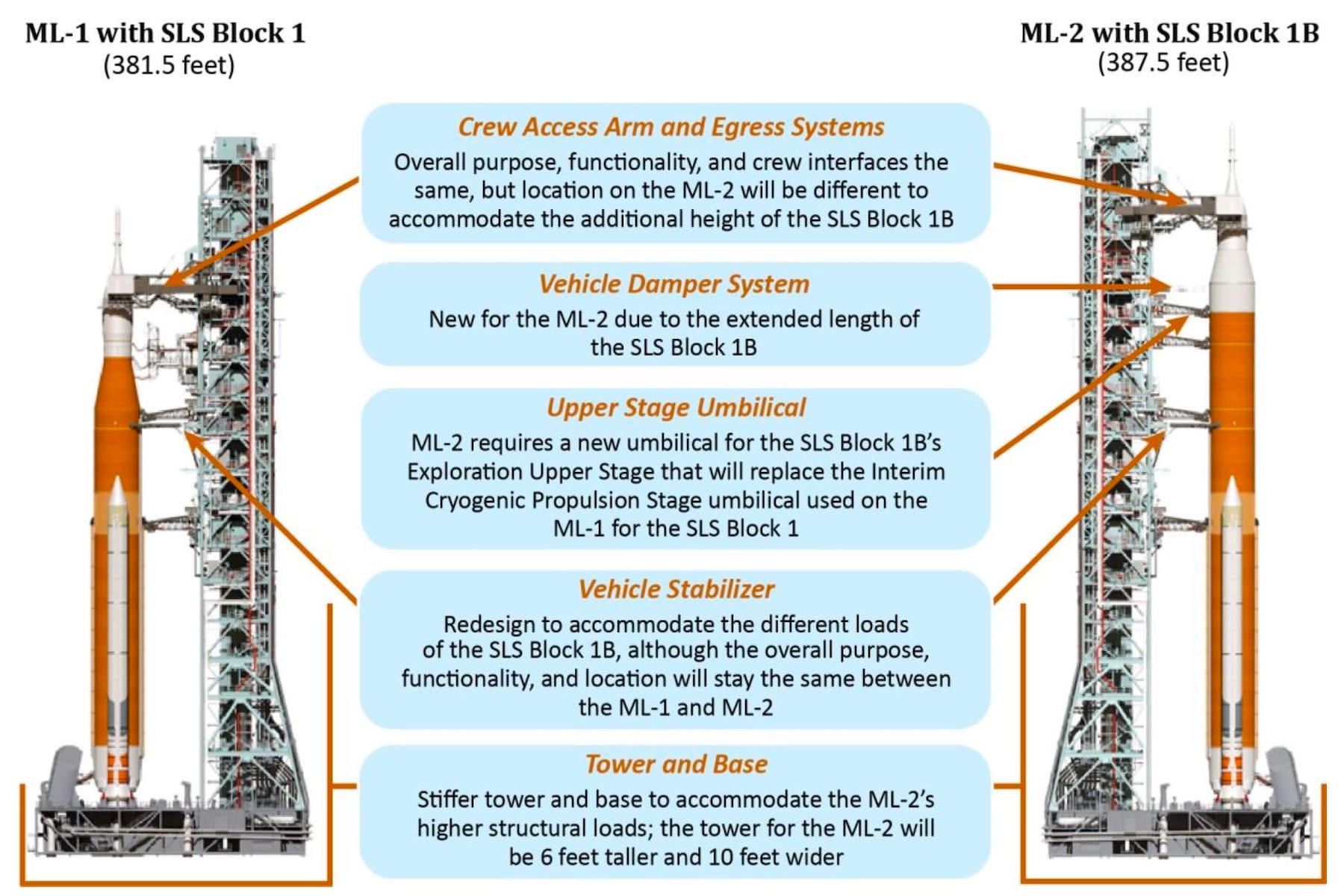
Another scathing report from NASA’s Office of Inspector General (OIG) about the Mobile Launcher 2, which will haul the heavier Block 1B SLS rocket variant for Artemis launches starting Artemis IV, reveals that NASA will end up paying its prime contractor Bechtel at least $1.8 billion, which is $1.4 billion more than the originally contracted amount in 2019. Even then, the delivery of Mobile Launcher 2 is expected to miss the new already-delayed deadline of 2027. The OIG doesn’t just blame Bechtel for poor performance but as Marcia Smith highlights, the report calls out NASA for consistently poor management too.
File this situation under the increasingly stressful episodes of Artemis cannot catch a break and Artemis IV faces yet another BLOCK-er. From the outside, it seems ridiculous that a crucial mission like VIPER can get cancelled for a hundred million dollar gap—despite it being central to Artemis itself—while other projects related to the SLS rocket can just keep ballooning by a billion dollars, and then some more. Yes, I know it’s not how budget appropriations work, and that VIPER can’t just get money from other projects, but it doesn’t change the fact that the scramble to save VIPER is questionable programmatically too.
More Moon
- The entire crew of the Artemis II lunar flyby mission underwent lunar geology training for almost two weeks in the Moon-like frozen and volcanic landscapes of Iceland. Last year, two Artemis II astronauts spent almost a week exploring the Kamestastin meteorite impact crater in Canada. Leading both these expeditions for CSA and NASA is Dr. Gordon Osinski, who was recently selected as part of the 12-person Geology Team for NASA’s Artemis III crewed landing mission mid-decade. Similar to ESA’s Pangaea campaign, where NASA also sends its Artemis astronauts for moonwalk training, the aim is to better equip all Artemis crew to refine spacewalking techniques and identify interesting rocks and potential water ice samples for inspection.
- ISRO continues to work alongside NASA and KARI to avoid potential collisions between the active (near-)polar lunar orbiters from the three space agencies. From ISRO’s July monthly summary report:
Extensive coordination was carried out to resolve the 12th July, 2024 close approaches between Chandrayaan 2 Orbiter (CH2O) and Lunar Reconnaissance Orbiter (LRO) of NASA, including an online meet on 9th July 2024. Based on SSOM’s request, NASA team made special arrangements to quickly provide the orbital ephemeris after LRO momentum unload manoeuvre on 10th July, 2024 which helped to rule out any CAM requirement for CH2O. Necessary screening was done through BEARCAT (Beyond Earth Collision Avoidance Tool) for OM-85 scheduled on 23rd July, 2024 for CH2O, it resolved the potential close conjunction risks with Korea Pathfinder Lunar Orbiter (KPLO) on 25th July, 2024.
- The University of Arizona is hiring a postdoctoral researcher to dive deeper into how the Moon’s interior formed and evolved with the use of high pressure-temperature experiments.
